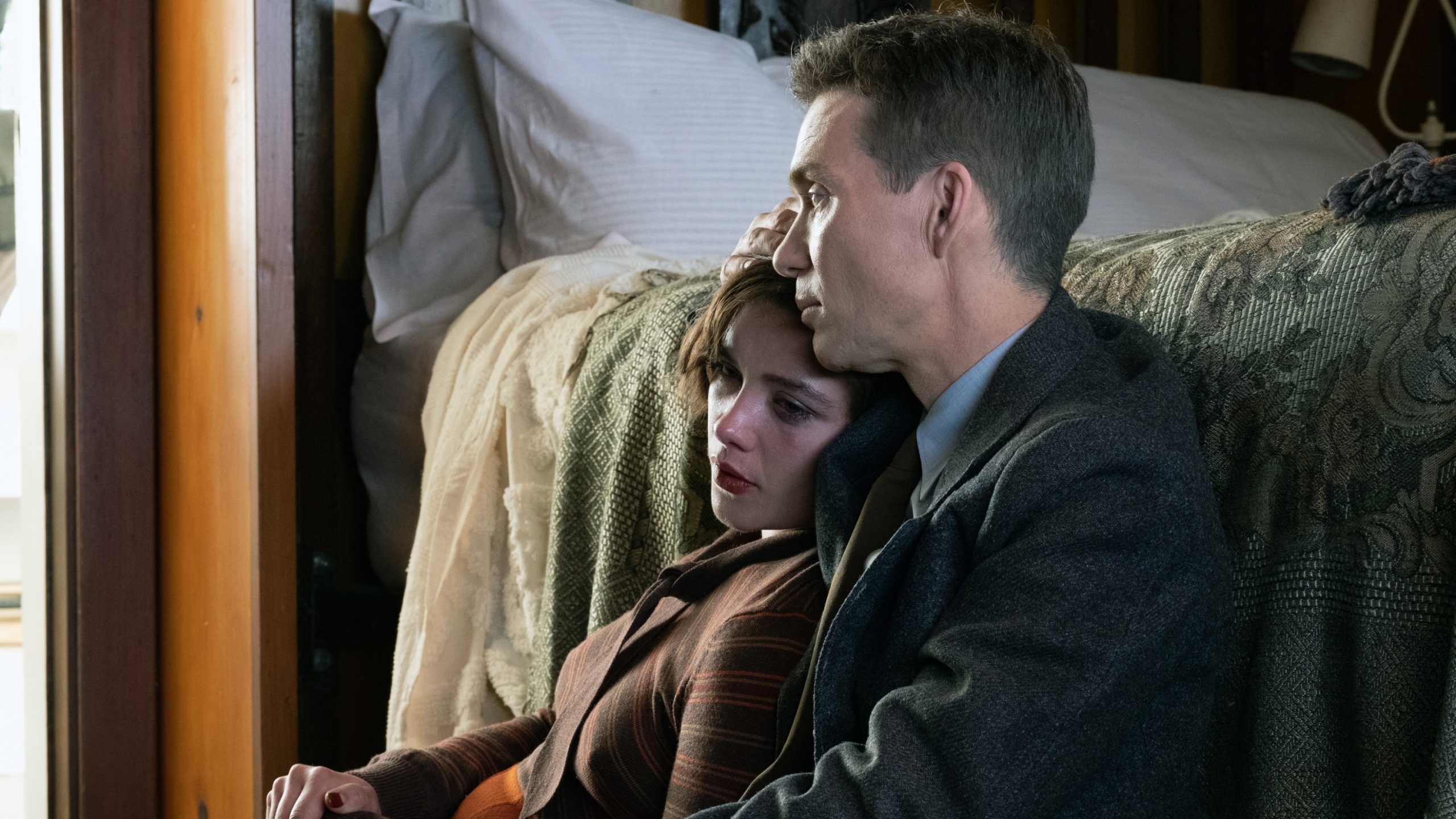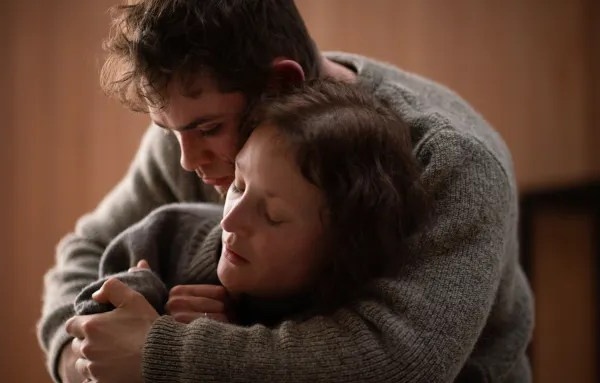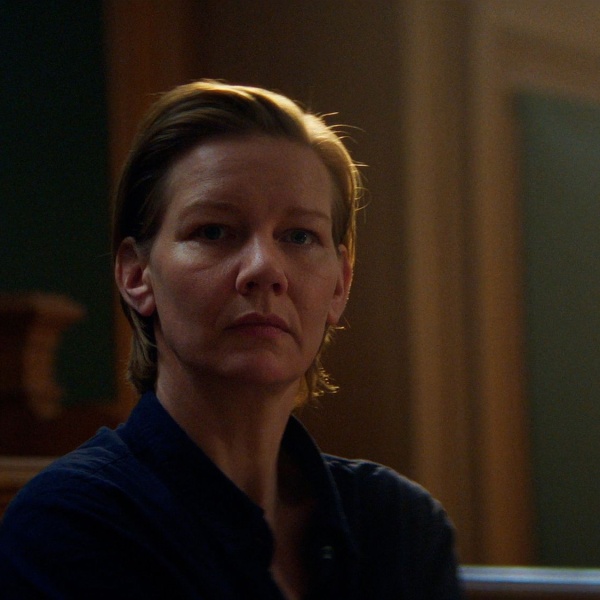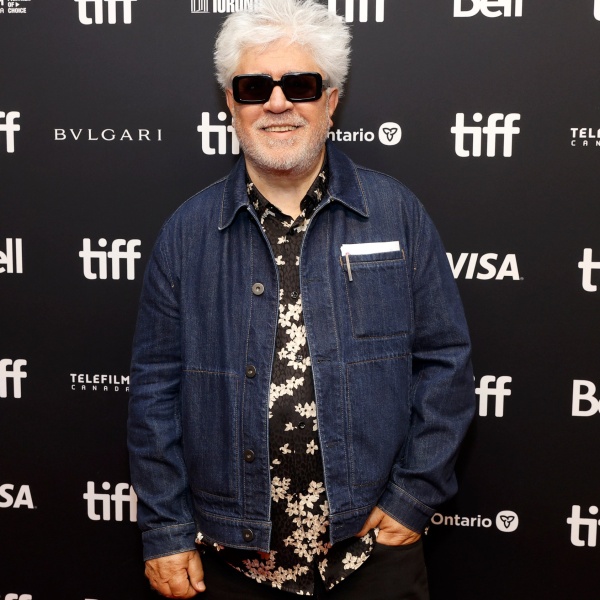A funny thing happened this summer: Movies weren’t in such a hurry to be seen at home. The average theatrical window for films released from May through June will end up more than 40 days — a significant increase compared to January-April, when the theatrical window fell to an average of 30 days.
Is this a trend? Probably, but not the one that theaters might hope for: It means we might expect theatrical windows to rise and fall based on seasonality and other circumstances. It’s a flexibility that works for studios trying to maximize their revenue streams. For theaters trying to do the same, or for a public that would like to be less confused about where and when they can see a film? Not so much.
Pre-COVID, it was close to inviolate that PVOD waited at least 70 days; reduced-price VOD happened after three months. Of the 33 wide-release films this summer, only “Oppenheimer” (Universal) and “Sound of Freedom” (Angel) remain in release after 60 days or more and have not announced home availability.
“Oppenheimer” is likely to see at least a 90-day window. (“Tenet” had over 100.) That meant the greatest variation from Universal’s standard policy (18 days for films that open under $50 million; for high grosses or limited openings, a little longer), but the studio knew that when it won Nolan from Warner Bros., his former home.
An extended window for “Mission: Impossible — Dead Reckoning Part One” (Paramount) was also a given; Nolan and Tom Cruise compete for the title as the window’s staunchest defenders.

With an (unconfirmed) PVOD date of October 10, “Dead Reckoning” would have approximately the same 90-day window as Cruise’s much bigger “Top Gun: Maverick.” And, assuming no quick release for “Oppenheimer” or “Freedom,” it would be the third longest release among summer films despite an under $200 million gross.
However, there’s no clear parallel between gross and home availability. “Barbie,” the biggest hit of the summer by a magnitude, made its PVOD debut after 53 days (and with a $24.99 rental). Waiting 60 to 68 days were “Spider-Man: Across the Spider-Verse” (Sony) as well as five other Disney titles: “Guardians of the Galaxy Vol. 3,” “The Little Mermaid,” “Elemental,” and “Indiana Jones and the Dial of Destiny,” plus “The Haunted Mansion,” which grossed less than $75 million. Weirdly, “The Boogeyman” (Disney) grossed $43 million and waited 88 days for home release. (It did have have a reduced $14.99 price.)
At the other extreme, three films that grossed over $75 million went to PVOD release in fewer than 30 days with “Fast X” (Universal) and “Meg 2: The Trench” (Warner Bros.) at 21 days, “Teenage Mutant Ninja Turtles: Mutant Mayhem” (Paramount) and “Insidious: The Red Door” (Sony) at 28 days.

Other notable titles with early releases included “The Flash” (Warner Bros.) and “Transformers: Rise of the Beasts” (Paramount) at 32 days.
Of the 33 summer releases, 17 had theatrical windows of fewer than 30 days. Six were from Universal and specialized arm Focus, consistent with the studio’s aggressive policy. All major studios had at least one quick turnaround — except for Disney, which maintained a minimum window of 60 days no matter the gross. That’s a huge shift from two years ago, when Disney sent some top titles to Disney+ debuts or day-and-date theatrical.
PVOD means substantial revenue (80 percent of the rental price, less the platform’s carriage fee). The ongoing strikes pushed fall titles like “Dune: Part Two” and “Kraven the Hunter” to 2024. Fewer films mean less theatrical revenue, which may have factored into the decision not to delay home viewership for “Barbie”
Anticipate that the next time we survey the average theatrical window, it will again be shorter.






